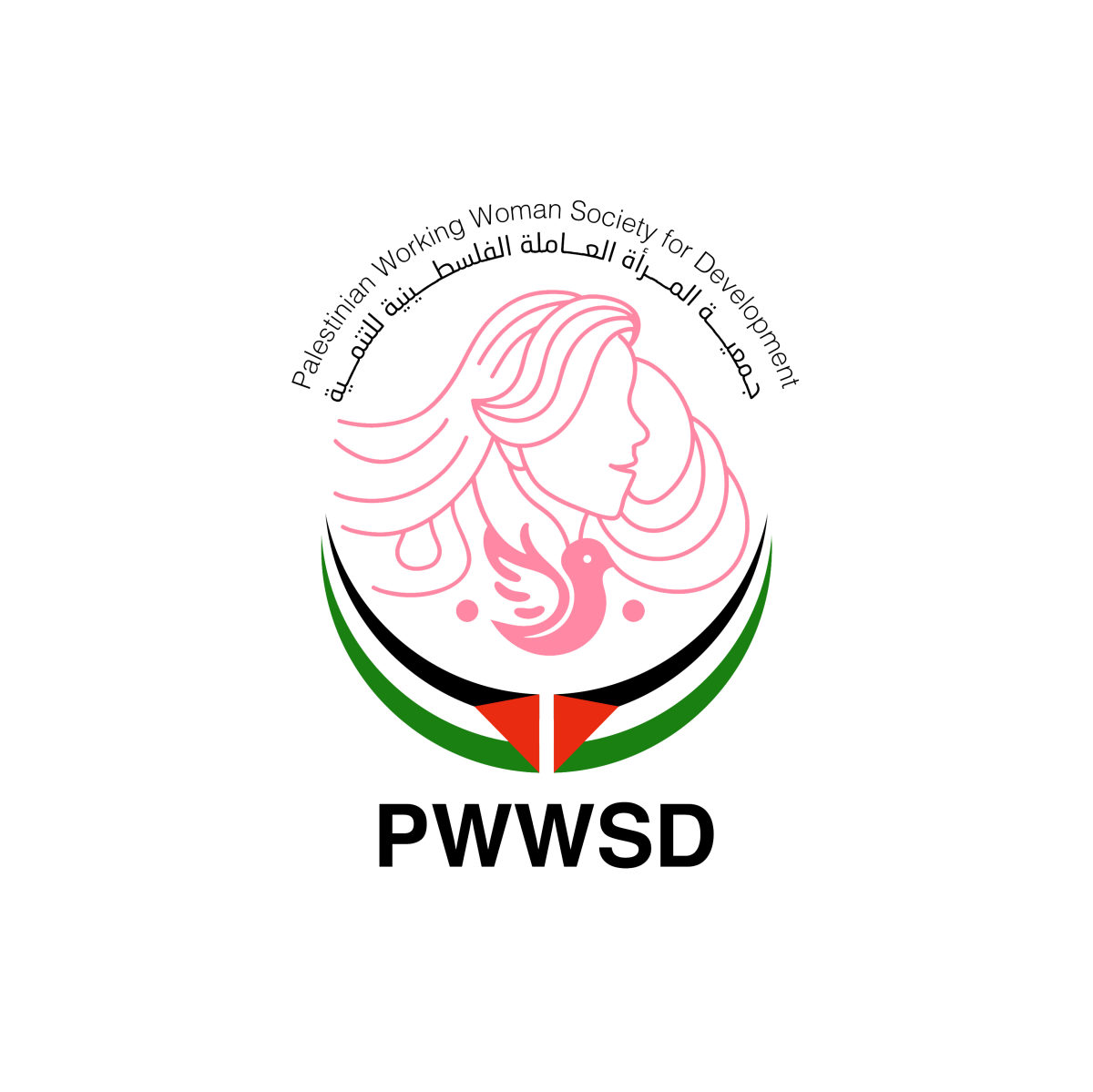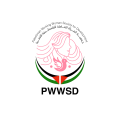Enhancing the protection and re-integration of elderly women with disabilities, women addicted to drugs, and girls in conflict with the law and survivors of violence in Palestine.
The Common Country Analysis (CCA) for the oPt (2016): Leave No One Behind: A Perspective on Vulnerability and Structural Disadvantage in Palestine,” is an analytical study that recognizes 20 different groups as vulnerable and further highlights the circumscription of the development umbrella in Palestine under which the identified are systematically more likely to be left behind. Published by the United Nations Country Team of Occupied Palestinian Territories, the highlighted vulnerable groups are identified as the following: “Adolescent Girls (Aged 10- 19 years); Bedouin and Herder Communities living in Area C; Children in labor; Children subject to violence; Communities in Area C; The Elderly; Food insecure households headed by women; Gaza residents without access to clean water or sanitation; Hebron H2 residents; Individuals in need of urgent medical referrals; Out of school children; Persons with disabilities; persons living in the Seam Zone; Refugees living in abject poverty; Refugees residing in camps; Small scale farmers; women exposed to GBV; the working poor; and Youth (aged 15-29).”[1]
Vulnerability, defined in the report as “prospects of erosion in relation to choices and capacities or development gains” is a result of key drivers that were identified throughout the study, thus leading some groups towards further marginalization. Moreover, the occupation is recognized as “the inherent vulnerability of all Palestinians”, and a leading source of the main challenges impacting development in Palestine. Leave No One Behind recognizes that the occupation has impacted the lives of the occupied in numerous ways, of which restriction on movement of both people and goods, fragmentation of territory, restriction on the use of available resources as well as on economic undertaking, separation family members from each other are of significant importance behind major vulnerability. Additionally, it points out to the limitations placed on the Palestinian Authority in terms of its governance and its policy development and implementation, disproportionately impacts its marginalized citizens. The study further states: “lifting the occupation is the single most important priority to enable Palestinians to chart a successful course to the Sustainable Development Goals.”
On the other hand, and after an in-depth analysis of the abovementioned identified groups’ contexts, the study highlighted drivers of vulnerability related to: (i) location (especially inhabitants in Area C, Hebron H2, Seam Zone, East Jerusalem and Gaza Strip); (ii) exposure to different forms of violence, which is identified as a key driver for 18 out of the 20 identified groups; (iii) economic leading to poverty, unemployment and inequality amongst others; (iv) institutional and political factors existing within the Palestinian government; and lastly (v) socio-cultural norms[2], of which patriarchal norms and the subsequent discriminatory laws constitute a major aspect further impacting the lives and development of those who are vulnerable. Combined, the identified factors form an entire system at present that renders the abovementioned groups as excluded and marginalized within the overall contexts.
In an attempt to eliminate the prospect of leaving any group behind from the development agenda, this analytical study puts forth a set of actionable recommendations, of which closing data gaps is identified as a crucial first step that entails more evidence based research and accessible data on the groups. This is followed by the importance of inviting the disadvantages into the process and giving them the chance to be heard on what they deem as necessary and crucial for their livelihoods. Other recommendations to achieve equitable development activities in Palestine include, but are not limited to: developing strategies that are more comprehensive and investing in a more integrated intervention and processes, in addition to the importance of highlighting politics and its influence within the overall development programming.
Based on the underlying concept of “Leave No One Behind” of the 2030 Agenda for Sustainable Development, and the CCA report (2016) discussed above, UN women Palestine along with the Ministry of Women’s Affairs and the Ministry of Social Development, launched in April 2021, a project entitled “SHAML: Enhancing the Protection and Re-integration of Furthest Left Behind Groups of Women and Girls Victims and Survivors of Violence in Palestine.” Funded by the Government of Sweden, the project targets 7 different groups of those who are furthest left behind, of which the following were identified for the pilot phase; girls victims of violence, girls in conflict with the law, women and girls user of drugs and elderly women with disability. [3] The project aims to eliminate any discrimination towards them and make impactful changes and ensure that the targeted groups’ rights related to prevention, protection and reintegration are fulfilled. Lastly, the project aims at addressing main issues related, not only to the protection system, but also to the communities’ discriminatory attitudes and perceptions towards the identified groups.[4]
"The importance of this project is that it is built on the vulnerability analysis and operates on three levels of interventions which are rapid intervention and response, policy and decision makers, and community outreach and awareness raising,” as explained by Mr. Daoud Al Deek, Deputy Minister of Social Development.[5]
Furthermore, the focus on the abovementioned groups stems from the reality that their exclusion is further intensified and institutionalized by the national protection system, whereby the decision No. 9 of 2011 adopted by the Palestinian Council of Ministers concerning the adoption of a national system of protection centers for women victims of violence, has identified them, in addition to other groups, as “the cases and are not received at the center” and thus are excluded from all services covered under the system.
[1] United Nations Country Team, 2016: Common Country Analysis: https://reliefweb.int/sites/reliefweb.int/files/resources/CCA_Report_En.pdf
[2] Ibid
[3] UN women, 2021. Press release: https://palestine.unwomen.org/en/news-and-events/stories/2021/04/shaml-project-launched
[4] Ibid
[5] Virtual Ceremony held to Launch Shaml project. Press release, April,2021: https://palestine.unwomen.org/en/news-and-events/stories/2021/04/shaml-project-launched






